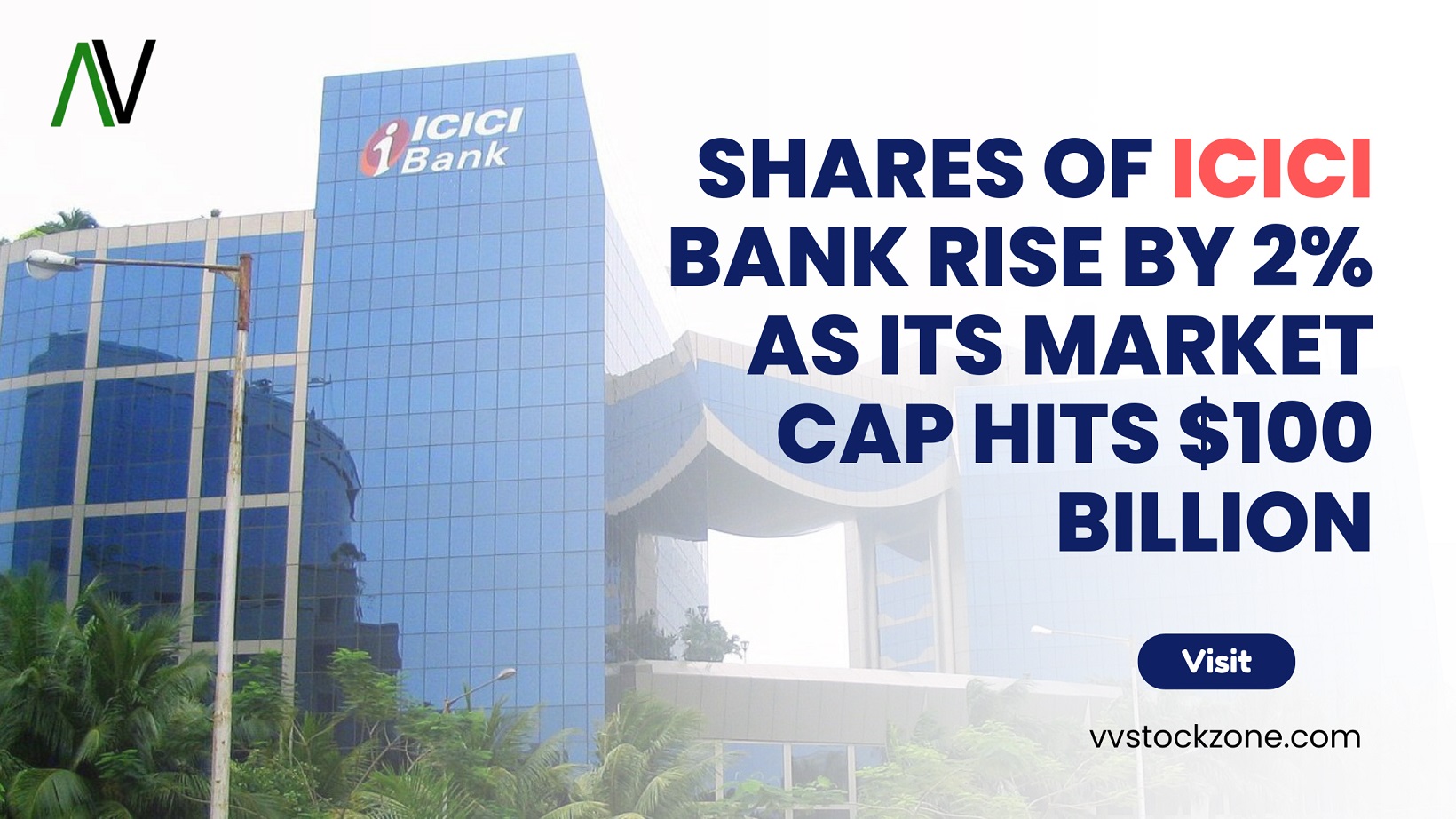You might be wondering, “What is India’s top investment options for 2024 ” given the uncertainty the world has experienced recently. That’s right, long-term investment options are becoming more and more popular. You can increase your wealth, protect yourself from inflation, and possibly even take advantage of tax benefits by using these options.
10 options for investing in India
1. Public Provident Fund (PPF)
The government guarantees the returns on this government-backed fixed income scheme, making it an investment free from risk.
- Availability
Available at almost every Indian bank and post office.
You’re allowed to only open one account.
There are no restrictions on the age limit for opening an account. A minor’s account is managed by their guardian until the age of eighteen. - Investment Amount
A minimum of INR 500 must be invested annually.
The annual maximum is INR 1.5 lakh.
A fiscal year may see you deposit one or up to twelve times.
Return on Investment.
The interest rate as of right now is 7.10% annually.
Because PPF interest rates are variable, they may alter on a quarterly basis. Generally speaking, the interest rate change ranges from 0.25% to 0.75%. - Maturity
A PPF fund takes fifteen years to mature.
After five years from the account opening date, partial withdrawals are permitted. - Taxation
PPF investments are tax-free.
Your investment’s interest is likewise tax-free.
2. Initial Public Offerings (IPO)
The moment a private company chooses to go public by making its shares available to the general public is known as an initial public offering, or IPO. Because it offers a chance to become an early shareholder in a company’s journey on the stock market, it’s a significant financial event that frequently attracts a lot of attention from investors.
- Availability
Retail investors can access initial public offerings (IPOs) via online trading platforms and brokerage firms. The majority of brokerage houses allow their customers to subscribe to initial public offerings (IPOs) by creating a Demat and trading account, which simplifies the procedure. Normally, IPOs are publicized far in advance, giving potential investors time to get ready and assess the prospectus of the company. - Investment Amount
Depending on the company and its pricing, there can be wide variations in the required investment amount to participate in an IPO. A wide range of people can generally subscribe to initial public offerings (IPOs) with relatively small amounts of capital—sometimes as little as INR 100 or less. Greater investments, though, might boost the likelihood of allocation. - Maturity
Most IPO investments don’t have a lock-in duration. As soon as shares are listed and tradeable on the stock exchange, investors are able to sell them. This gives investors who might want to sell their positions flexibility and liquidity.
Risks associated with initial public offerings (IPOs) include the possibility of market volatility, since stock prices can move dramatically in the first few days and weeks following listing. The company’s future stock performance and success may also be unpredictable. Before taking part in an IPO, investors must carefully review the company’s financials, business plan, and competitive environment. - Return:
Investment returns from initial public offerings (IPOs) can be high, particularly if the company grows significantly after going public. When stock prices rise, investors may profit from capital appreciation, and some initial public offerings (IPOs) also pay dividends. But since IPOs can be unstable, it’s crucial to do extensive research before making an investment. - Taxation:
The tax implications for IPO gains are determined by factors such as the holding period and the tax laws in your region. Consult a tax professional to learn more about how your IPO investments are taxed.
Also Read: Latest IPO Listings and How to Apply in 2024
3. Post Office Monthly Income Scheme
In domestic households, the post office monthly income scheme is particularly popular among housewives and those who are looking to invest their passive income in order to generate some returns.
- Availability
For individuals who are minors or mentally incapacitated, the Indian postal service provides services under the name of a minor who is at least ten years old, as well as single and joint accounts for up to three adults. - Investment
To open an account, you must deposit a minimum of INR 1,000. For single and joint accounts, you can deposit up to INR 4.50 lakh and 9 lakh, respectively. - Maturity
Five years from the account’s opening date, it may be closed. However, it is not permitted to close early—before a year. A similar deduction is made from the principal amount if the account is closed within the first three years (2%), and if it is closed within the third and fifth years (1%).
In case the depositor passes away prior to the maturity period, heirs may submit a claim. - Return on Investment
A monthly interest rate of 6.60% is offered by the scheme.
The depositor’s savings account may receive the interest automatically, or it may be credited through an electronic clearing service. - Taxation
Taxes apply to interest earned on the deposit.
4. Corporate Bonds
Corporate bonds, which are debt securities issued by businesses to raise capital and offer regular interest payments and principal repayment at maturity, are regarded as low-risk investments.
- Availability
These bonds can be bought on the open market through a variety of trading platforms, and they are normally offered by financial institutions such as banks and brokerage houses. - Investment Amount
The minimum investment amounts for investors can vary based on the corporate bond type and the issuing company. While some corporate bonds are more accessible to individual investors, others have minimum investment requirements. - Return on Investment
The principal source of return on investment for corporate bonds is the interest payments, also referred to as coupon payments, which are typically made every six months. Investors receive the face value, or principal amount, of the bond when it matures. - Maturity
Corporate bonds come in a variety of maturity dates, allowing investors to select bonds whose terms correspond with their time horizon and investment objectives. - Taxation
Corporate bond taxation is influenced by a number of variables, including the bond’s type, issuer, and investor’s tax status. Corporate bond interest income is normally taxable, however there may be differences in the specific tax laws. For advice on the tax ramifications, it is best to speak with a tax specialist.
5. Government Bonds
To promote domestic participation in the sovereign bond market, the Indian government has opened the direct purchase of bonds to individual investors. Previously, investors could only trade government bonds through gilt mutual funds.
- Availability
The bond offering by the government is publicized before the auction date. These bonds are issued by the federal government as well as the state governments. State Development Loans are the name given to bonds issued by the State, and G-Secs, or simply government bonds, are the name given to bonds issued by the Center. To buy government bonds, you need to have a bank account. Government bonds are allowable to be held in a demat account. - Investment Amount
At the time of the government’s bond announcement, the bond’s price is also disclosed. The Reserve Bank of India, the nation’s central banking authority, prefers the e-Kuber App as the most convenient way for investors to purchase G-Securities.
The alternative is to take part through a primary dealer or a commercial bank that has been listed by the government for that specific purpose. You will need to open a securities account in order to do that.
Additionally, stock exchanges allow you to purchase it. The Bombay Stock Exchange utilizes NCB-G-Sec as its online platform, whereas the National Stock Exchange offers the NSE go BID mobile application. It can also be purchased through broking platforms.
Investing in mutual funds with government securities is another option. Government bonds are purchased with these funds. - Return on Investment
Most government bonds are fixed rate bonds, which means that the interest rate remains fixed throughout the bond’s term until maturity. Depending on the coupon rate determined at the time of bond purchase, you will receive half-yearly interest for the bond’s holding period. Any capital gain (or loss) resulting from the bond’s sale or maturity. Income from the reinvestment of interest payments, also known as interest on interest. - Maturity
A government bond’s maturity period might range from one year to more, depending on the offering. - Taxation
The income generated by the interest one receives from these bonds will be subject to taxation based on that person’s income bracket. Any increase in the bond’s value will also be considered a capital gain for tax purposes.
6. Gold Exchange-Traded Funds (ETFs)
Investing in gold ETFs is the same as purchasing physical gold without the hassle of managing physical gold. To hold gold units in a dematerialized form, akin to mutual fund units, investors must first open a demat account.
- Availability
Just like investing in shares from stock brokerage firms and agencies that are registered with SEBI, you can purchase gold units by opening a demat account. You can invest in gold funds offered by some banks or from different gold ETF funds if you don’t have a demat account. - Investment Amount
It is advised to take at least one unit, which is equal to one gram of pure gold. This actual gold is kept in depositories and serves as the foundation for the value of the ETF units. There are gold funds available in the market with entry levels as low as INR 500.The quantity of gold ETF units that can be purchased is unlimited. - Maturity
Your unit’s value will rise in tandem with the price of gold and vice versa. With a gold ETF, you can withdraw at any time—there is no lock-in duration. - Return on Investment
ETFs are traded on stock exchanges in the same manner as equity mutual funds. Their return is therefore based on how well the gold ETFs do in the market. - Taxation
You will be taxed according to your slab if you sell your gold ETF before the 36 months have passed since you purchased it. A 20% long-term capital gains tax plus a 4% cess is due after 36 months.
7. National Pension Scheme (NPS)
The National Pension Scheme is designed for people who want to accumulate a sizeable retirement fund by putting their money into a portfolio of diversified stocks, including shares, corporate debentures, and government bonds, and which is overseen by the government. A life annuity is bought with the profits or accumulated pension wealth from these investments, and at the conclusion of the scheme cycle, a portion can be withdrawn. There are two types of NPS accounts: Tier I and Tier II.
Tier I NPS Account
- Availability
Indian nationals who are 18 to 65 years old may make investments. An authorized bank or any of its branches, known as points of presence (POP) designated by the Pension Fund Regulatory and Development Authority, may be visited to open an account. Alternatively, through the eNPS online portal. A 12-digit number is provided to you upon account opening request, and a permanent retirement account is established. - Investment Amount
A 500 INR deposit is all it takes to open this account. In a fiscal year, you must deposit a minimum of INR 1,000 to maintain the account active. There is no annual cap on the amount you can invest.
Your invested amount is locked away until you turn 60. - Return on Investment
The net asset value reported by the various banks’ pension funds is the basis for calculating returns. They are based on the performance of your investment over time and are not preset. - Maturity
You may take out up to 60% of your entire balance after you turn sixty. The remaining 40% must be used obligingly to purchase the pension plan of your choosing. - Taxation
Under Sections 80 C and 80CCD, investments up to INR 2 lakh annually are tax-exempt. Taxes are not applied to returns received on NPS tier I accounts.
Tier II NPS Account
- Availability
Only those who currently hold an NPS Tier I account are eligible to open this voluntary account. Any bank that has been approved or its POP designated by the PFRDA allows you to open an account offline. The eNPS portal can be used to create an online account. - Investment Amount
A 1,000 INR minimum investment required when the account is opened. No yearly payment is required, unlike with an NPS Tier I account. There is no upper limit on the amount you can invest. You choose how much of your income to allocate to each of the four asset classes—government bonds, corporate bonds, stocks, and alternative assets—each year. There is no lock-in time for investments. - Return on Investment
Your investment’s return is not fixed. The net asset value disclosed by pension funds during each investment cycle determines this. - Maturity
You may withdraw up to 60% of the entire corpus once you turn 60. You can purchase a pension plan of your choosing with the remaining 40%. - Taxation
There are no tax advantages, and the income is taxed according to your tax bracket. Only government employees receive tax breaks if they keep their investments locked for three years.
8. Unit-Linked Insurance Plans (ULIPs)
ULIPs are plans that offer consumers the benefits of both insurance and investment. ULIPs work in the following manner: the policyholder can purchase an insurance plan in which the premium paid is used to provide coverage while the remainder is invested in equity and debt funds.
- Availability
ULIPs can be purchased from any bank or insurance company in India. Financial institutions expect you to provide proof of income because ULIPs are long-term investment products. - Investment Amount
The minimum ULIP investment varies depending on the financial institution. Typically, a monthly premium payment of at least INR 1,500 is needed.
As ULIPs are exempt from federal income taxes under Section 80 C, investors may invest up to INR 1.5 lakh annually and receive a tax benefit.
The maximum investment in a ULIP policy is determined by the policyholder’s annual income for the duration of the policy.
The annual premium for the ULIP is not the only cost associated with certain actions. There are additional fees for fund management, discontinuance, partial withdrawal, premium redirection, and allocation, among other things. - Maturity
The five-year lock-in period on ULIPs allows policyholders to withdraw money without incurring penalties and to continue the policy, subject to the terms and conditions of the policy.
While it is possible to stop paying premiums after three years, it is not possible to withdraw invested funds until after the five-year maturity period. With an average investment period of up to ten years, ULIPs are regarded as long-term investment plans.
If you take partial withdrawals prior to the maturity date, you may forfeit a portion of your potential returns. - Return on Investment
The ULIP NAV can be computed using the following straightforward formula to determine the expected annual rate of return: NAV = (Value of current assets + value of investments) – (Value of current liabilities and provisions)/Total number of outstanding units on a given date.
The compounding method is used to determine the rate of return at maturity or at the end of the policy period. For accuracy, it is best to check the rate of return of your ULIP by getting in touch with your financial services provider. - Taxation
ULIPs are exempt from taxes on investments, proceeds, and withdrawals of funds after the five-year lock-in period is over because they fall under the EEE category of Section 10 D.
9. Sovereign Gold Bonds (SGBs)
SGBs are government securities with a gold value expressed in grams that are issued by the Reserve Bank of India (RBI). With a one-gram minimum investment, they are distributed in multiples of grammes of gold.
- Availability
The central government announces the dates for the SBGs’ auction. The RBI issues these bonds on several occasions a year. To purchase an SGB, you need a PAN Card. Banks, post offices, and stock brokerage firms all sell SGBs, both online and off. - Investment Amount
Based on the average closing price of gold over the previous three business days, each bond unit you buy is worth one gram of pure gold. A maximum of 4 kg of SGBs may be purchased by an individual, and 20 kg for a trust. Right now, every gram you buy online comes with a 50 INR discount. - Return on Investment
2.5% paid twice a year. - Maturity
Eight years. Early redemption after five years. - Taxation
Taxation on interest payments is determined by your tax slab. Gains realized at maturity are tax-free.
10. Equity Mutual Funds
An investment vehicle called an equity mutual fund pools investors’ capital and uses it to buy stocks in order to produce returns.
- Availability
Investing is easy with SEBI-approved people, organizations, and stock brokerages, both online and off. - Investment Amount
There’s no maximum amount that can be invested in mutual funds; most require a minimum of INR 1,000. Both a trading and a demat account are prerequisites for investing in equity mutual funds. Investors can select from primarily eight different types of equity mutual funds. Another option for investing is to use growth funds, which are mutual funds for stocks. No demat account needs to be opened in order to accomplish this. - Maturity
Open-ended equity mutual fund schemes allow investors to freely withdraw their money. There is a three-year lock-in period from the date of investment for equity-linked savings plans that fall under the equity mutual fund category. - Return on Investment
Out of all the mutual fund investment options, equity mutual funds are recognized for producing the highest returns. For example, in 2021, a year of historic highs, some equity mutual funds offered an annualized return of up to 35% and as high as 117% over a 5-year period. The overall state of the economy and changes in the market will determine the return. - Taxation
The tax rate on a short-term capital gain is 15% plus a 4% cess. When it comes to long-term capital gains, the investment return is fully tax-free if the profits are less than INR 1 lakh within a financial year. 10% tax plus a 4% cess is applied to long-term capital gains exceeding INR 1 lakh.





